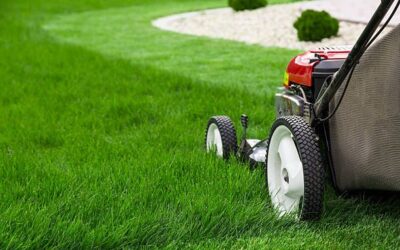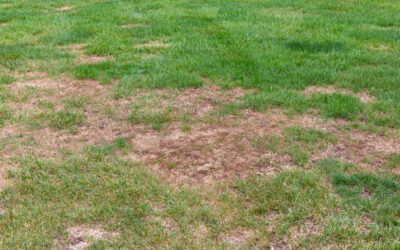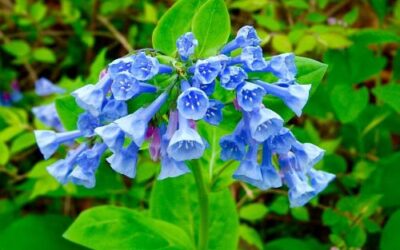Winter in Virginia can be a picturesque time, with snow-covered landscapes and cozy evenings by the fire. However, it also brings its fair share of challenges for homeowners, particularly when it comes to maintaining a healthy lawn. Virginia’s cold and often damp winters create the perfect conditions for various lawn diseases to take hold. In this blog post, we’ll explore some common winter lawn diseases in Virginia, how to spot them, and effective methods for treatment and prevention.
Snow Mold
Snow mold is a fungal disease that appears as circular patches on your lawn. These patches can be gray or pink and are usually covered in a web-like substance. Snow mold is caused by prolonged snow cover, which creates a moist environment for the fungus to grow. To treat snow mold, simply rake the affected areas to improve air circulation and remove the fungal growth.
Winter Fusarium Patch
Winter fusarium patch, also known as pink snow mold, is another fungal disease that affects lawns during winter. It appears as circular patches with a pinkish hue. Unlike snow mold, winter fusarium patch can continue to grow even after the snow melts. To treat this disease, apply a fungicide specifically designed to target fusarium patch. Be sure to follow the instructions on the label carefully.
Brown Patch
Brown patch is a common lawn disease that can occur year-round, including during winter. It appears as circular patches of brown or tan grass with a dark outer ring. Brown patch thrives in cool and moist conditions, making it a common problem during winter in Virginia. To treat brown patch, avoid overwatering your lawn and improve air circulation by pruning overhanging branches. Applying a fungicide can also help control the disease.
Pythium Blight
Pythium blight is a destructive lawn disease that can quickly spread and kill large areas of grass. It appears as irregular patches of wilted or water-soaked grass that may have a slimy appearance. Pythium blight thrives in wet and warm conditions, making it a potential problem during mild winter periods in Virginia. To treat pythium blight, improve drainage in your lawn and avoid overwatering. Applying a fungicide can also help control the disease.
Red Thread
Red thread is a fungal disease that typically appears in late winter or early spring. It appears as circular patches of pink or red grass with thin, thread-like structures. Red thread is often caused by nutrient deficiencies, particularly nitrogen. To treat red thread, apply a slow-release nitrogen fertilizer to your lawn. Be sure to water your lawn deeply and infrequently to prevent the disease from spreading.
In conclusion, winter lawn diseases can be a challenge to deal with, but with proper identification and treatment, you can keep your lawn looking healthy all year round. Remember to regularly inspect your lawn for any signs of disease and take prompt action to prevent the spread. If you’re unsure about the best course of action, Jack’s Lawn Care & Landscaping can provide expert advice tailored to your specific lawn’s needs. We can also help you prepare your lawn for the harsh winter months.



